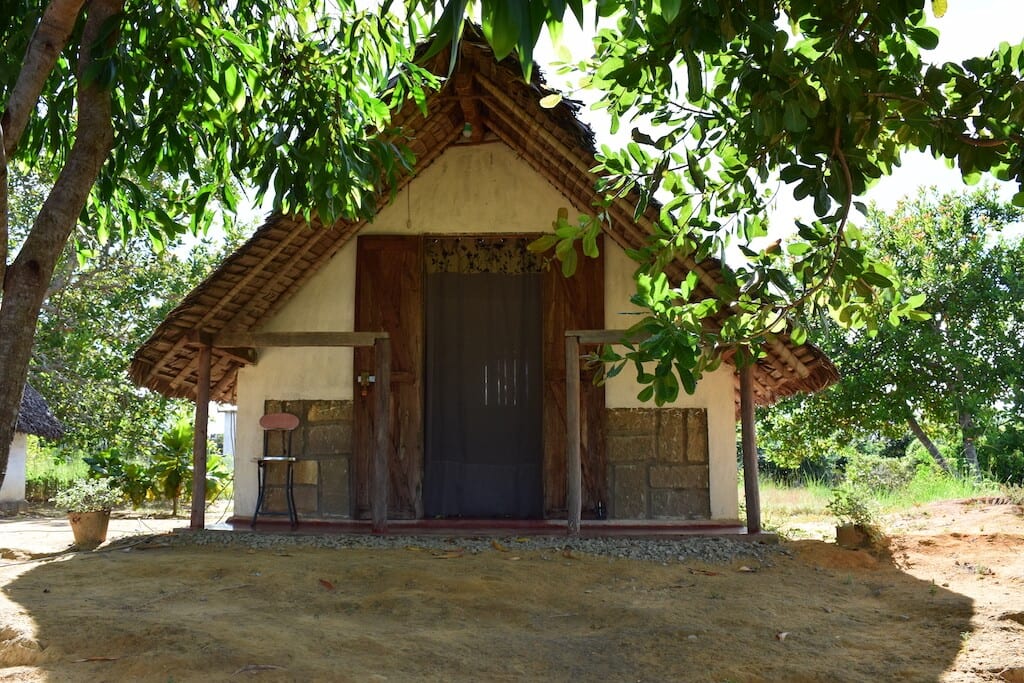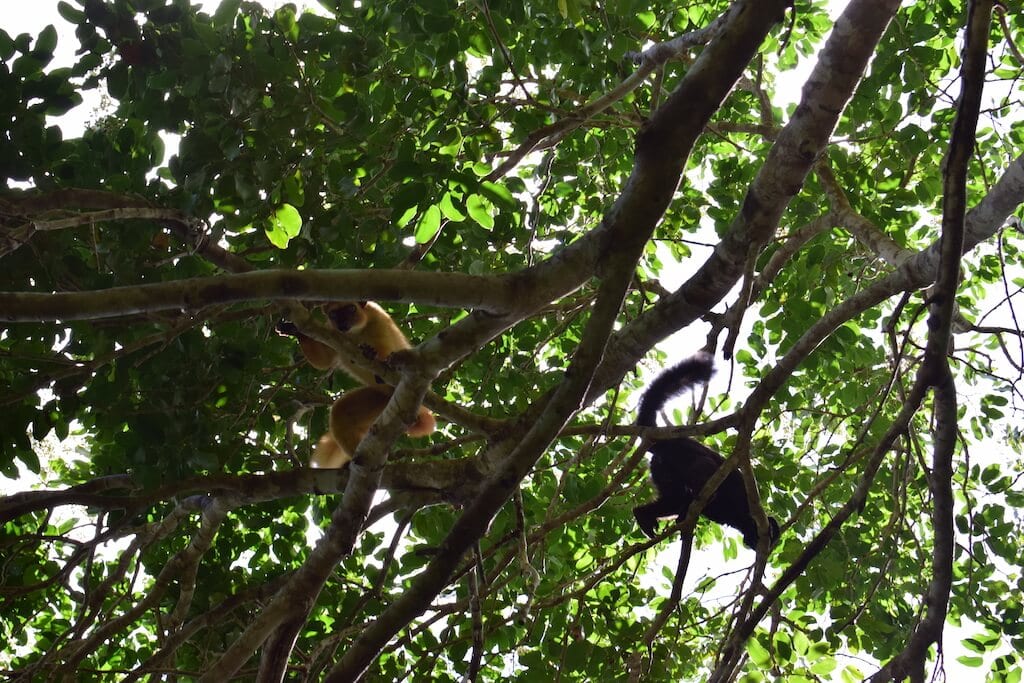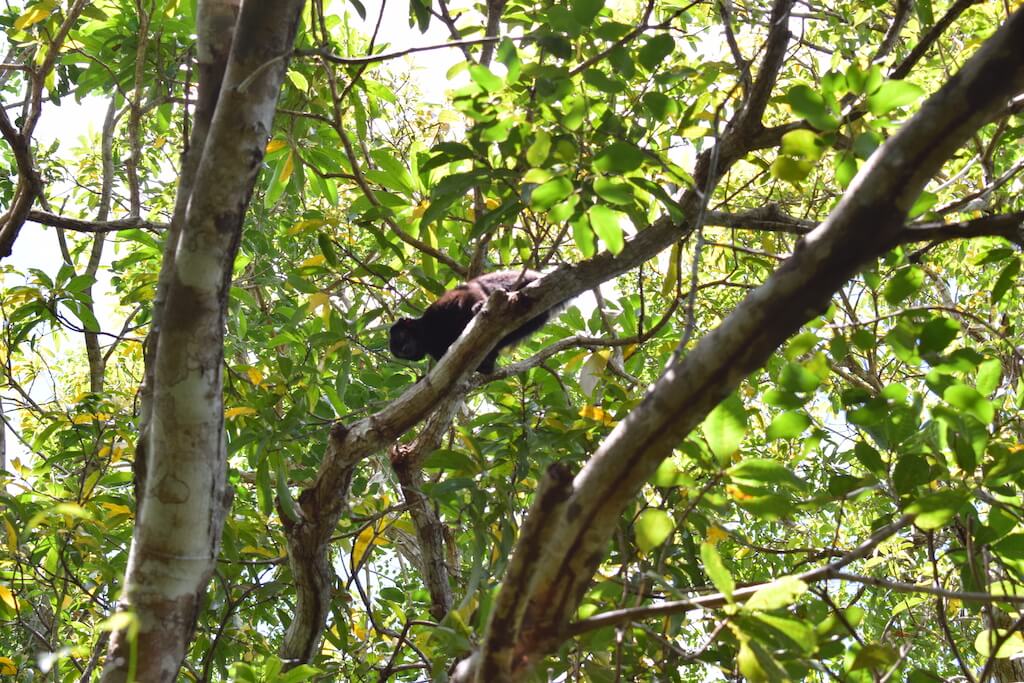During our trip through the north of Madagascar, one animal species should not be missed: the highly endangered blue-eyed lemur (blue-eyed black lemur). After a long drive from Majunga, we stopped in a very local, but very clean hotel somewhere along the way. This should be where the blue-eyed lemur resides.
Habitat
We have arrived in a small area in the northwest of Madagascar called Maromandia. This area is in between a dry and fairly humid climate, where the blue-eyed lemur can survive well.
A special quest in a special place, as it turns out the next day. The somewhat flamboyant owner of the hotel provides us with the necessary meals from arrival. “Grown up” in the catering industry on Nosy Be, she knows exactly what we can appreciate after a long journey and also knows how to surprise us the next morning.

The next morning, accompanied by a local guide, we look for what we came for; the blue-eyed lemur in the wild. Across the street, through the village, into the forest, off the paths. After only fifteen minutes from the hotel we find a couple, high up in the trees!
The appearance
With the blue-eyed lemur you immediately see a clear difference between the male and the female. The female has a reddish brown coat and is gray-white on the underside. The male has a black coat, with a dark brown shine. Because of this dark coat you see what makes these animals so special extra good: the blue-gray eyes. Together with humans, they are the only primates with this eye color.
The blue-eyed lemur has a head-hull length ranging from 39 to 45 centimeters and a tail length between 51 and 65 centimeters. On average, they weigh about 1.8 kilograms. Normally the blue-eyed lemurs live in family groups of 4 to 11 animals. In our case, we see only two and the guide tells us that they house a total of 4 families in their area from a total of 20 blue-eyed lemurs.
Food chain
When we meet the couple, they are probably looking for food. They mainly do this in the morning and at dusk. They mainly look for food in tree crowns and eat fruits and leaves. But flowers, insects and mushrooms are also eaten.

The blue-eyed lemur plays a crucial role in seed dispersal. Because the seeds do not digest well, they are spread through the feces of the lemurs over the rainforest. Some plants have even evolved to be able to spread well by these lemurs.
Black lemur
The blue-eyed lemur is often compared to the black lemur because of their black coat. However, the name says it all, the blue-eyed lemur has gray-blue eyes and a softer, shorter coat. Ear tufts and a short crest are also characteristic of the blue-eyed lemur, in contrast to the orange-red eyes of the long spiky cheek hairs of the black lemur. Mixed offspring occur, but these offspring always have orange-red eyes. It is therefore not surprising that the blue-eyed lemur is an endangered species for this reason.

Male blue-eyed lemur
Threatened
Almost the entire habitat of the blue-eyed lemurs is currently being cut down or burned to make agricultural land. In addition, the black-eyed lemurs are also hunted, for both meat and pets. It is currently estimated that up to 1000 of this animal species still live in the wild. As this number is deteriorating rapidly, this species has been included in the top 25 most endangered primates, achieving “critically endangered” status.
Curious?
Do you want to admire these blue-eyed lemurs in real life? Then take a look at our tour through the North of Madagascar.